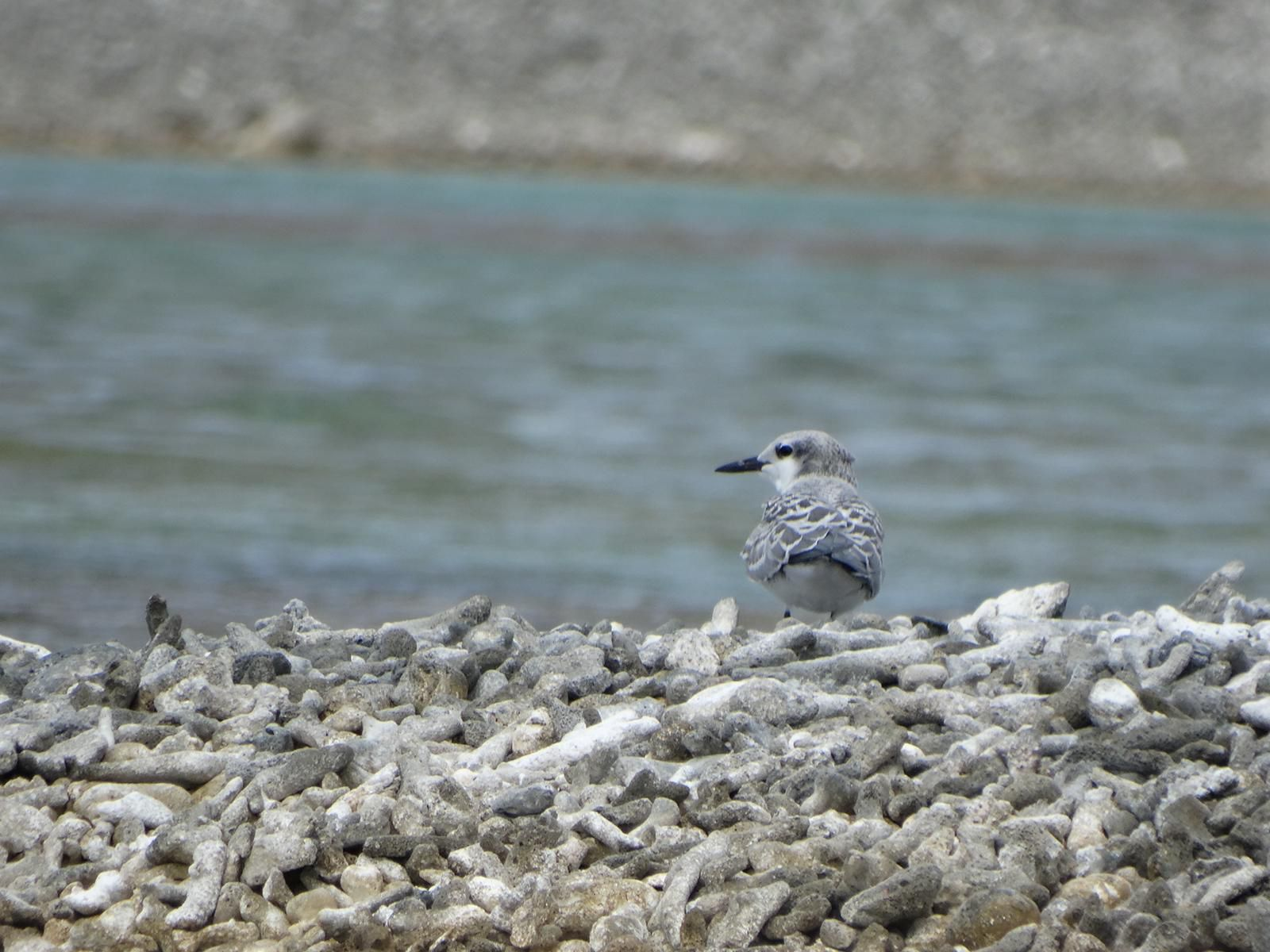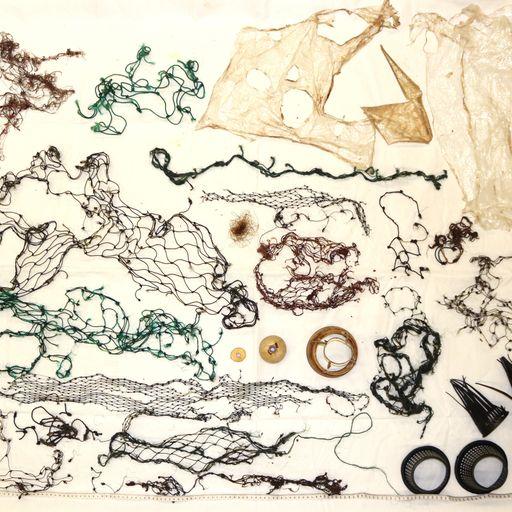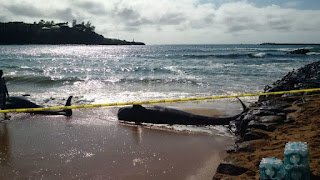When water flows down a gradual stream over a generally flat bottom, it’s clear and transparent, but when it hits a steep slope like rapids and waterfalls, it turns white and frothy.
Still wet, but very different.
Similarly, newly-erupted molten volcanic rock flows smooth and sinuous as
pāhoehoe lava, and then sometimes changes to an entirely different look,
broken-up, chunky, rough ‘a’ā lava.
We know what’s causing the water to change—turbulence and
increased speed. But what’s happening with molten rock?
A team of Stanford researchers think they have an answer.
They are Cansu Culha, Sam Spinner and Jenny Suckale, and in May 2023 Geophysical
Research Letters published their theory under the title, “The Yih
Instability in Layered Lava Flow May Initiate the Pāhoehoe to ‘a‘ā Lava
Transition.”
You find both kinds of lava at volcanoes everywhere there
are basalt-erupting volcanoes, whether the Hawaiian volcanoes or those erupting
through the snows of Iceland.
Most lava flows start as pāhoehoe, and then occasionally some
of them suddenly change form. Instead of flowing like water down a quiet river,
they change dramatically. You can even hear the change, as the ‘a’ā tinkles and
pings like broken glass as it tumbles rather than flows downslope. And ‘a’ā has
far more crystals in it.
The change in form, the authors write, is a big deal to
volcano scientists: “These fundamental differences in flow characteristics have
made understanding the transition a classic question in volcanology.”
Others have suggested that turbulence may be a factor, that
if you stir up pāhoehoe, it will change to ‘a’ā.
But how does that happen? How does smooth, internally
blended lava change to rough crystalline lava?
The authors looked to the work of Chia-Shun Yih, who in 1967
wrote a seminal paper on fluid dynamics. Yih noted that when there are
different viscosities in a moving liquid—meaning they flow more or less easily—that
can cause instability in the fluid. That concept is now called Yih Instability.
When a lava flow starts as pāhoehoe, over time, the surface
is exposed to cooler air and starts to harden. And so, soon, there is molten
rock flowing at different rates of speed within the same flow.
“A key assumption in our model is that pāhoehoe flows may
have internal layers,” the authors write.
And that difference between layers can cause instability, which
can provoke the change from smooth lava to rough chunky lava, they propose.
But it’s complicated.
Sometimes a change in speed can prompt ‘a’ā transformation,
like when pahoehoe flows over a cliff. But not always.
Sometimes just a fast-moving flow down a steep slope can prompt
the change. But not always.
And sometimes, a hardened surface appears to protect the
still-moving lava below from making the change. That might be what happens in a
lava tube—when the surface has hardened over, and the pahoehoe lava beneath can flow long and fast without the internal viscosity layers.
With Kīlauea erupting again, the new suggestions provide volcano
scientists with new ways of looking at what’s going on.
If you’re interested in a less complex review of the data
than is in the Geophysical Research Letters piece, Maya Wei-Hass has a review in the journal Science, under the title “Lava comes in two flavors…”
© Jan TenBruggencate 2023








